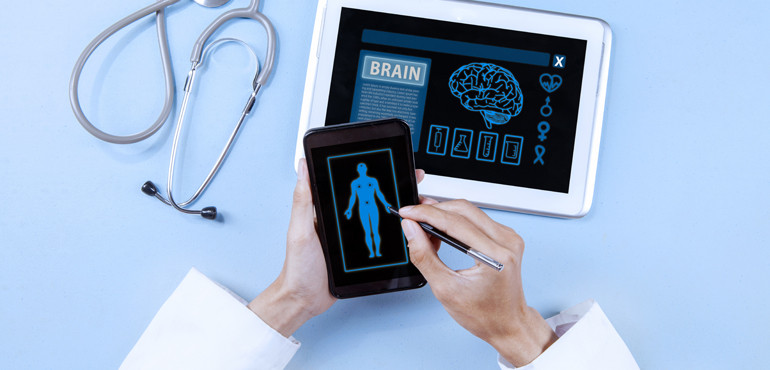4 pointers on how automation helps you track your clinic operations.
Decided to automate your clinic? Great decision! After all what better than speeding up your processes and sticking to the goal of making your clinic a preferred centre for medical care. But does automation mean that everything will be on autopilot and does away with supervision?
No. However, automation does make supervision easy, cost effective and much more effective than manual overseeing. Tracking processes at your clinic and taking instant decisions, if need be,at anytime or from anywhere becomes very easy. Here we take a peek into 4 critical pointers how automation helps you keep a track of the happenings at your clinic, all the time:
1. Ease In Scheduling& Managing The Schedule
One of the most crucial factors for the success of a clinic is how the appointments are scheduled and managed. Right from revisits to recommendations depends on this. With an automated system in place, scheduling is one major process that undergoes massive changes. Not only does the scheduling and appointments management at the clinic improve but automation also gives the option to view, edit, add or delete appointments 24/7 from any handheld device. It also enables tracking the movement of the appointments schedule in real-time, making it easier to get a birds-eye view of how it feels to be a patient in your own OPD.
2. Financial Decisions Can Be Real-Time
Whenever you want to take an overview of the discounts being given, automation makes it possible within seconds of executing the billing decision. And this can be tracked from anywhere and at anytime – real time or as a daily, weekly, fortnightly or monthly summary. Automation makes it possible for you to track and take critical decisions concerning financials, if need be, based on the real-time activity irrespective of whether you are at the clinic or at an international conference.
3. Approvals Can Be Escalated For Better Execution
The main intention of automating your clinic is to speed up your processes and improve the patient experience by many notches. For situations at a clinic where decisions need to be taken by the administrator, if the administrator is unavailable physically, traditionally the patient would have been made to wait till he arrives. However, with automation the administrator can take the decision or escalate the issue to his manager while being away from the desk. Thus, decisions can be taken immediately and executed, thereby putting patient satisfaction on top priority.
4. Tracking Through Analytics
Automation of the processes at the clinic effectively means a lot of data will be generated as everything happens through the software. Every click is recorded and translated into data. The end of the day dashboard can give you clear view of how your clinic is performing on parameters that matter go you. Just tracking this data in the form of different reports will help you keep a track of your clinic’s performance on a real-time basis.
While automating your system is in itself a game changer but its biggest utility remains being able to track the performance of the process from anywhere and at anytime. This flexibility is a big boon for anyone who runs a single clinic to someone who runs a chain of clinics. To be aware is to be in control and control is something that helps keep the quality of care consistent.








